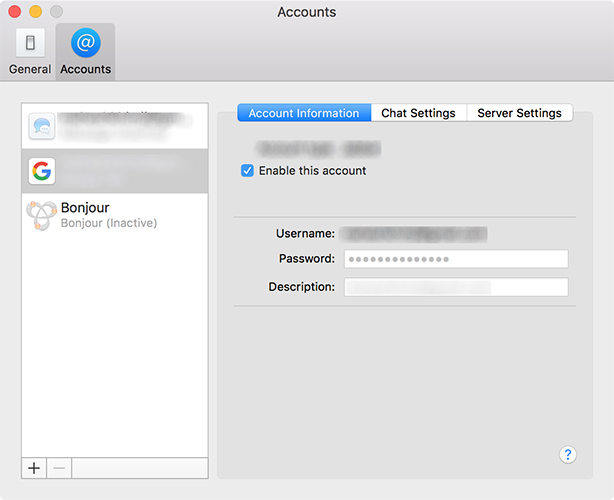Outlook For Mac Email
In my last post, I covered an. After fixing the issue, I noticed that Outlook was behaving oddly including: • Calendar was not updating • All Calendar invites/updates/removals arrived as empty messages • Any time I deleted an email it would shortly reappear in the same folder • If I selected a message that had reappeared, it would magically disappear shortly thereafter What was going on? Read on to learn more! This time I could easily check the logs so I did, but unfortunately they did not report any issues. I, of course, ensured I was running the latest version of Office and then did what Microsoft typically recommends — manually uninstall and manually reinstall Office for Mac 2016.
To import an MBOX file into Outlook 2011 for Mac: Copy the.mbox file to your Mac. A USB flash drive or an external hard drive is probably the easiest way to do that. On your Mac, in Outlook 2011, select 'Outlook 2011 -> File -> Import' menu command. Select 'Contacts or messages from a Text file' option. Click on 'Continue' (Right arrow button). Under Junk E-mail, you get access to your Gmail Spam label; drafts, deleted and sent messages are in Outlook for Mac's Drafts, Deleted Items and Sent Items folders respectively. Note that you can hide Gmail labels (even some system labels such as Spam ).
With this new update, Office for Mac has reached version 08, and it sports improvements for nearly every app in the productivity suite. It all starts with PowerPoint, which now features. 16.18 is being released right now. If your Mac is managed by an IT department, have them install updates. Otherwise, make sure your Mac has a working internet connection before checking for updates. Word for Mac - Release notes for Insider Fast builds. Version: 16.18 (180926) New or improved features. This update includes improvements for working with assistive technologies. Known issues. Copying and pasting between Word and Excel may not create a link to Excel. Word for mac 16.18 update rulers not working. In search of support on Word 2016 Rulers? We make it easier to solve, solve, meet the requirements you’ve regarding Word 2016 Rulers. Here, you will have the option to chat with a tech support adviser, if you are getting in touch with us regarding a specific issue or relevant to a requirement you have.

Unfortunately, this process is not as user friendly as I hoped () and requires you to manually delete the following: • All Office applications in the Applications folder • The following Library containers: ~/Library/Containers/com.microsoft.* • The following Library group containers: ~/Library/Group Containers/UB* Finally you need to restart the computer.  After completing this, I reinstalled Office, but the problem persisted.
After completing this, I reinstalled Office, but the problem persisted.
Setup Outlook 2016 For Mac
Next up, I enabled troubleshooting logging. To do this, you go to Tools > Sync Errors > Gear Icon > Turn on logging for troubleshooting. Parallels desktop for mac 4.40 upgrade. Then you need to close Outlook and open it again — wish it would state that. Then you reproduce the issue and check the logs — the big question is where are the logs? Unfortunately, Outlook does not tell you this either, but you can find it in: ~/Library/Containers/com.microsoft.outlook/Data/Library/Logs.
Outlook For Mac Email Search Not Working
Tailing this log while reproducing the issue will result in a lot of output. What I eventually realized is that you need to look for messages that contain the word “Unexpected” — Microsoft would it kill you to adhere to syslog RFC standards is use something like “error”? — note using grep on the file did not work for me so I used vim and its search capabilities to look for Unexpected messages. The first set of Unexpected messages I received looked like the following. $ > sudo chown - R Outlook and all my Outlook problems went away! (Note: Remember to turn off troubleshooting logging in Outlook) I still do not know what was responsible for changing the permissions on my files and directories, but I do know I wasted a bunch of time because: • Default error logging was not sufficient • Debug error logging was hard to turn on and the log file was hard to find • The log file did not use standard terminology for reporting errors, used codes that were not defined, did not support normal CLI commands such as grep, and did not contain critical pieces of information such as filepath The morale of this story? Logging is important; make logging easy, follow common standards and include relevant pieces of information.